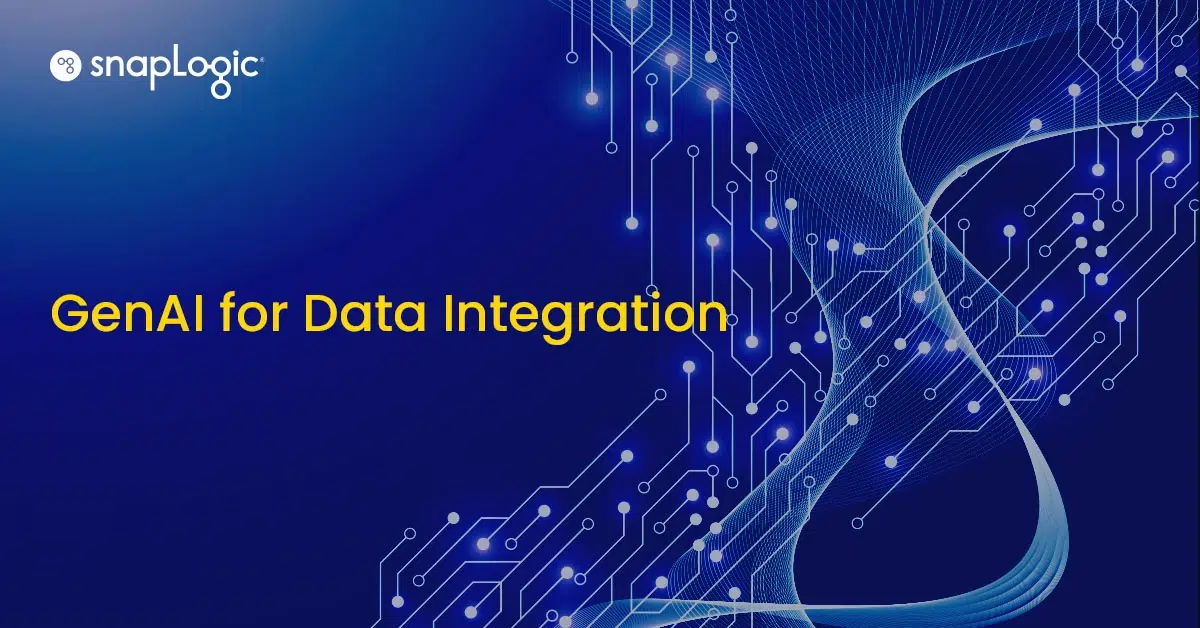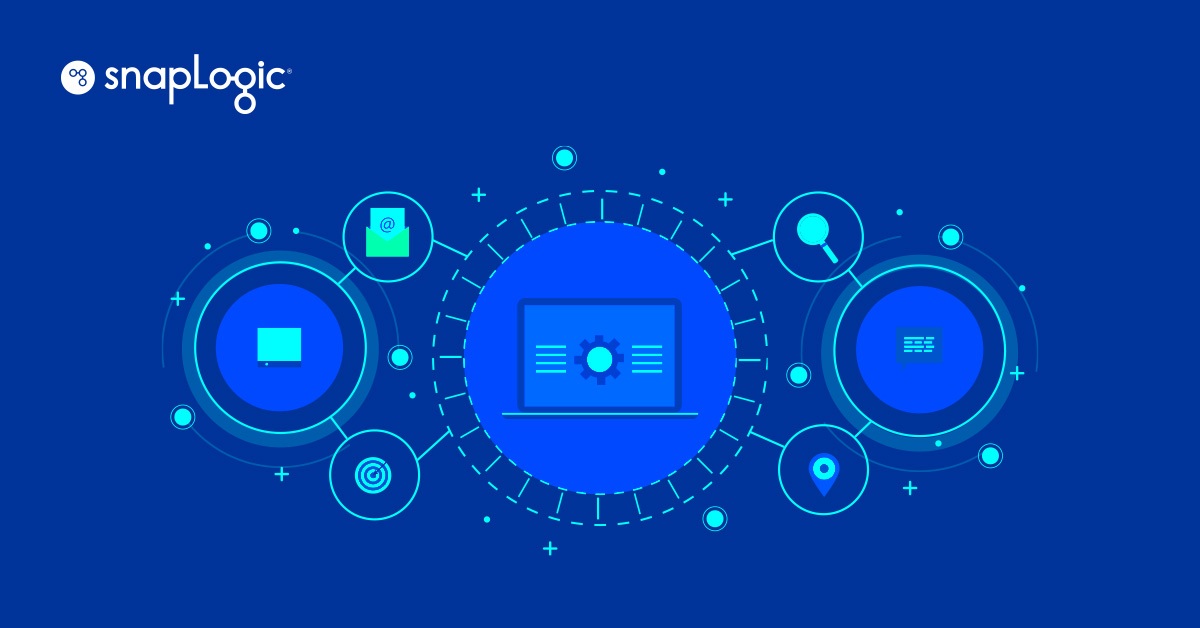Meeting customer needs is an ongoing challenge as technology and consumer behaviors evolve. According to a Gartner survey of customer service leaders, 86% say their highest priority in the next year is to improve customer experience, highlighting the importance of real-time customer information companies can leverage to optimize personalized customer experiences and workflows.
Additionally, generative AI is promising to be a major factor in delivering exceptional customer experiences. According to a Gartner survey of customer service leaders, 83% say that their enterprises either have plans to invest in GenAI or already have, and 61% of these service and support leaders feel pressure from executives in their enterprise to adopt GenAI specifically within their function.
Improving customer experience and enabling GenAI can both be accomplished by facilitating the integration and management of customer data from various sources.
What is a customer 360?
Customer 360 is a master data management approach with its roots in the pioneering Customer Data Management (CDM) system, first conceived in the 1980s. Also known as a “unified profile” or “360-degree customer view,” the customer 360 takes a modern approach to customer service by incorporating data integration to analyze data from a single source of truth, and the latest advancements in customer experience (CX).
The customer 360 framework combines customer data from multiple applications and data sources to create a single, unified customer profile. It provides a 360-degree view of customer data, including their name, demographics and preferences, collected from customer touchpoints including CRM systems, social media, e-commerce, websites and marketing tools, customer service platforms, mobile apps, and other customer touchpoints.
Why is a customer 360 important?
Having a customer 360 improves internal efficiency and reliability, which allows companies to provide exceptional customer experiences and drive brand loyalty. Benefits of a customer 360 include:
Reliable customer segments and profiles: With a comprehensive view of customer data, businesses can create reliable customer segments and profiles to improve their marketing and sales initiatives. This can help target the right customers with the right offers and messages, leading to higher conversion rates and revenue.
Streamlined and connected business processes and workflows: A single source of truth for customer data can help businesses streamline and connect their business processes and workflows. This can reduce errors, improve efficiency, and increase productivity.
Reduced time and cost caused by human error: By automating data management and reducing manual processes, businesses can reduce the time and cost caused by human error in the customer journey. This can save resources and improve customer experiences.
Accelerated digital transformation and automation: With a single view of customer data, businesses can accelerate their digital transformation and automation efforts across the enterprise. This can help them stay competitive and adapt to changing customer needs and preferences.
How to create 360-degree customer view
1. Integrate your data and applications
An integration platform as a service (iPaaS) provides a central place to facilitate the integration and reconciliation of data from various sources and systems (e.g., CRM, ERP, marketing systems, etc.), allowing businesses to connect, manage, and automate the flow of customer data from various apps and platforms. Integration platforms also provide security protocols to ensure that data is protected and compliant with different regulations surrounding data privacy and security.
2. Modernize your data infrastructure
Customer data typically resides in silos, across on-premises and SaaS applications, in databases, and within every system of record. However, many integration platforms are not configured to integrate legacy, on-premise systems with newer cloud technologies. This makes it harder to create a unified view of customer data across multiple touchpoints. A modern iPaaS is scalable and flexible, allowing businesses to easily add or remove data sources and applications as their needs and customer interactions change.
3. Analyze your data for insight
Data analysis is another key aspect of iPaaS solutions. An iPaaS provides a central place to collect and integrate data from all your sources. By collecting and analyzing customer data from more sources, companies can gain a more holistic view of customer needs and preferences to create more personalized experiences.
The key to customer 360 is modern integration
SnapLogic’s generative integration platform makes data integration and application integration easy, scalable, and accessible to both tech and non-tech users. Enhanced with a variety of AI-powered capabilities, businesses can automate technical tasks to increase employee efficiency, enable self-service, reduce customer wait times and accomplish the goal to improve customer experience and win out the competition.









